Ep 85: Get 30 Transactions a Year by Door Knocking (with James Festini)
James Festini is a California-based real estate agent who has been in the game since 1993—relocating several times and consistently rising to top producer status in each market.
Today on Stay Paid, James joins hosts Luke and Josh from his mobile real estate office to discuss the effectiveness of door knocking and cold calling.
Key Points:
- Unless you’re willing to pay top dollar for leads, cold contacts are your best bet for getting new transactions.
- Door knocking is the best way to tell if someone is a relevant lead in the shortest amount of time.
- As an agent, it’s crucial that you can tell the difference between “no” and “not right now.”
Q: Introduce yourself to our audience.
In 1993, I was honorably discharged from the Army. I went to college for a semester to study acting. That taught me a lot about communication skills. Then, I went into the family business. My dad was a buyer’s agent and my mom was a listing agent. When started, I was a telemarketer working to get listings for them.
Within 6–8 months, I realized I wanted more. I broke away and moved to another part of Orange County. For the next ten years, I was working entirely through cold calling—making 100 calls a day through an outbound dialer and a headphone splitter. I was dialing two people at a time and holding two conversations. In 2003, I transitioned into the Inland Empire. I became more active in the community and became the number one agent in the area.
Then, the market crashed, and I transitioned into REOs. Thanks to my connections, I grew another sphere of influence.
By 2012, I’d sold all my assets and was struggling to survive in the business. I was working with my wife, who has also been an agent for 17–18 years. This was when I started door knocking. I got my first listing for a short sale, and I’ve never looked back.
In 2016, I left the Inland Empire as the number one agent, and started all over again in my current market. The struggle is real. I have been making 100 calls and knocking on 100 doors a day to maintain the average of 30 deals per year.
I’ve also done about 4 hours of live video streaming a day for many years. It’s not the most entertaining channel on the internet. It’s not sexy, but it works. I don’t want to spend money on getting the leads. I just go out and get them.
Q: Do you prefer door knocking or cold calling?
Minute by minute, door knocking gets results. I’ve been monitoring the numbers and figuring out the ROI. Cold calling, in particular, sees an average of 6 percent pick-up rates. For every 100 numbers you dial, you’ll get about 6 people who pick up the phone. In 1997 and 1998, it was more like 60 people. There was no caller ID or do-not-call list back. Now, it’s easier to be ignored or have your number blocked.
It’s a cat and mouse game between being a legitimate telemarketer and fighting against the stigma that has made our job harder. Agents are the ones who are being punished for things other people have done.
Q: Who are the leads you’re calling?
I make 5,000 outbound calls a week. I still implement the double-fist technology—calling two people at once—because the pick-up rate is so low. It’s very rare that I have to hold two conversations. When that happens, I just implement the mute button.
When it comes to the internet, I’m on a one-man mission to change the term “lead” to “inquiry.” Now that everybody and their mother is considered an inbound lead, it’s no longer really a lead—it’s actually an inquiry. Calling it a lead is the equivalent of calling somebody who walks into an open house a lead. They might just be a neighbor out for a walk.
As far as phones go, it’s a sphere of interest versus a sphere of intense interest. If you start calling expired listings and they’re already talking to other agents, are you willing to go there and speak to them face-to-face?
Q: What’s the return on investment you’re seeing from cold calls?
Over time, it’s gotten harder to know the ROI from cold calls. It’s like asking someone which one workout gave them abs. The sale is a culmination of things that started long ago. I’m in Orange County at a million-dollar price point. I’m only able to survive because of my tenacity.
Out of 100 contacts, I’ll generate about three maybes. With effective follow-up, I need to have a database of about 300 maybes to maintain 20–30 sales a year. If I knock on 4,000 doors, I will talk to an individual who will sign a contract within seven days.
A lead is somebody who can say no, but they don’t. There’s something there worth following up on. A contact is somebody who can say no, but maybe they didn’t. If you listen carefully to 100 people say “no” over the phone, they say “no” or they say “not right now.” With a trained ear, you can decide whether to ask “Do you think maybe down the road you’d reconsider?” By asking that question, you’ll either turn them into a no or a possible yes.
My script is specifically designed to get a subtle variation of no that means maybe. And then, with one more question, it’s a yes. Your objective is to find out if you have a lead, whether you can close on them, and what method you can use to implement a follow-up campaign until closing is possible.
Q: Why are you finding door knocking to be more successful?
On the phones, it’s 100 percent tonality, and it’s difficult to mirror and match. In person, they can size you up immediately. It takes a lot more effort than people realize. I don’t know anyone who’s doing it without spending a tremendous amount of money.
In person, you’ve got eight seconds. If your face is greasy or you look like you just got out of bed, you’re going to give off a certain impression.
Here’s my door knocking script:
“Hi my name is James, I’m with ‘x company.’ Do you have any interest in selling your house?”
Yes, of course they’re going to say no. Out of 100 doors, 25 will open. I go up, introduce myself, and state my intention. They’re either going to give the maybe or the no. At the door, I can tell more easily whether it’s the “maybe they didn’t say no” category.
If an old lady answers the door, I become the grandson they wish would call them. That’s where the acting comes in. In that six seconds, they’re sizing you up, and you have to figure out whether you have a lead. As I walk up to the door, the person who answers the door is building up this wall, and I’ve got eight seconds to work with.
Once you get that no that isn’t really a no, you can offer additional information, such as what their house might be worth.
Q: How long does it take you to knock on 4,000 doors?
I can do 200–300 doors a day. If you have a short script, it’s easier. It’s not as if I’m this hyper-aggressive beast that goes in and closes every deal. I am building the relationships, but I have to do that quickly, because my ambition is greater than my bills. Real estate is a contact sport and a numbers game. The numbers you have to put out are far greater than what people think they are. It’s all about expectation versus this lie you’re taught.
Action Items:
- Using James’ script, find out whether you can tell the difference between a “no” and a “not right now.” Then, follow up by asking whether those people might be interested in selling their homes down the line.
Connect with James:





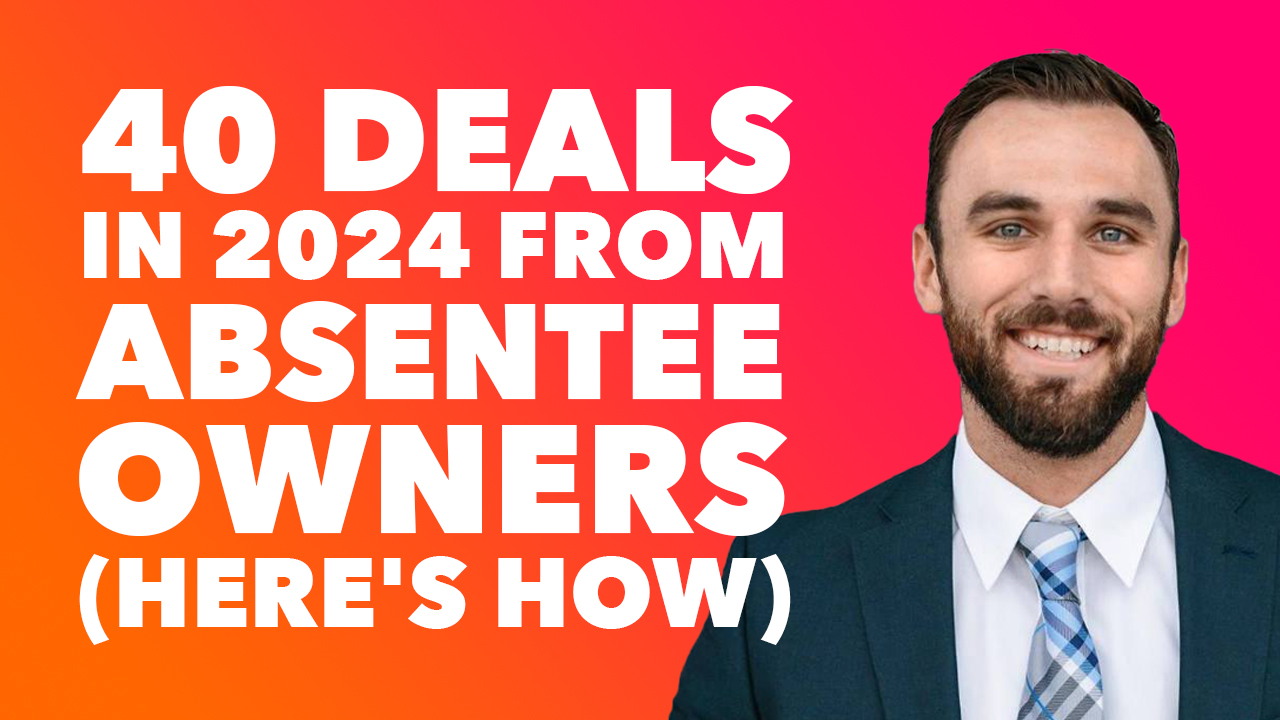


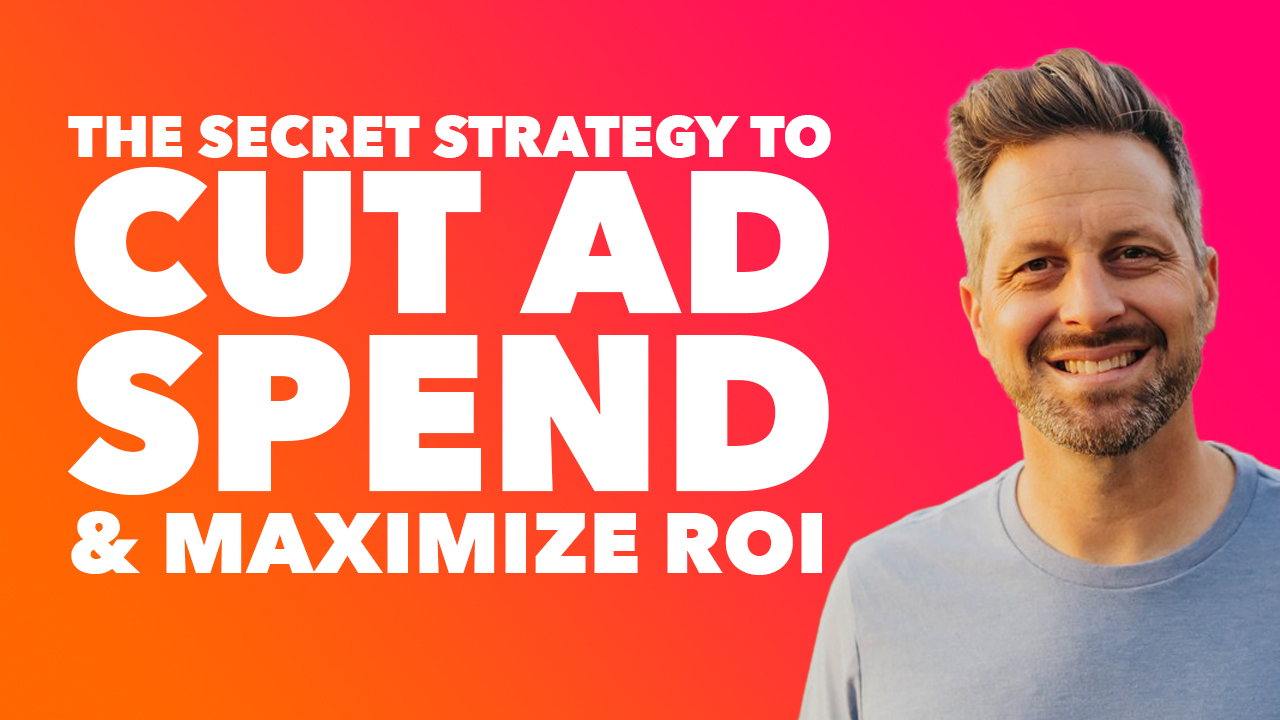

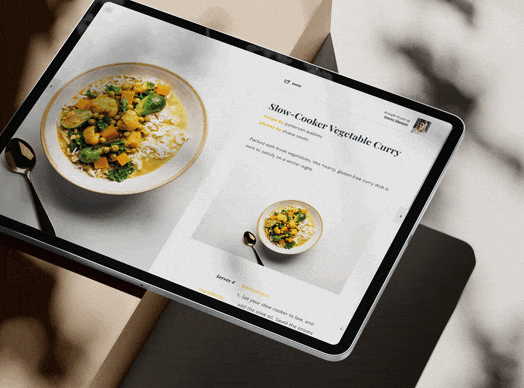

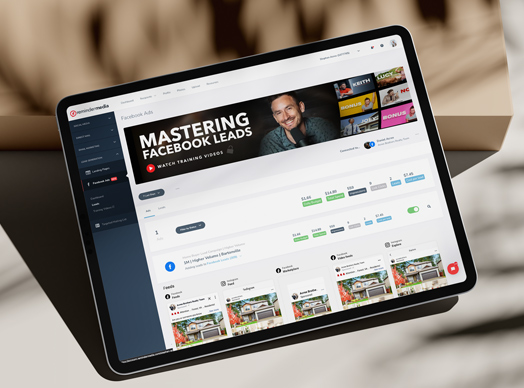


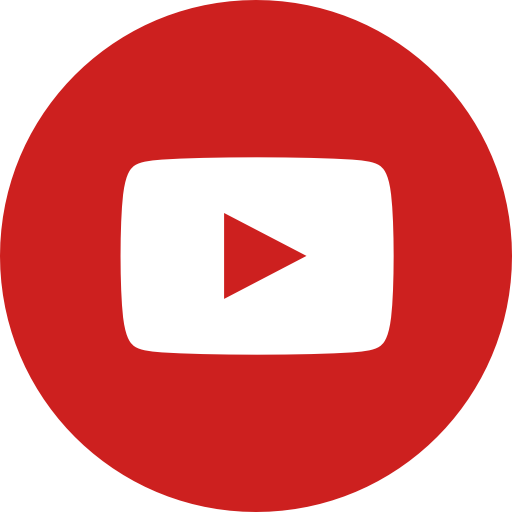
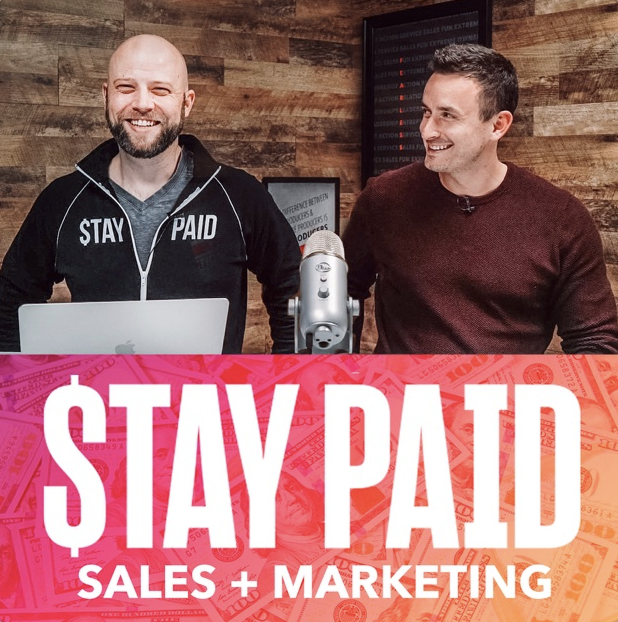
 Soundcloud
Soundcloud iHeart Radio
iHeart Radio Spotify
Spotify Spotify
Spotify


